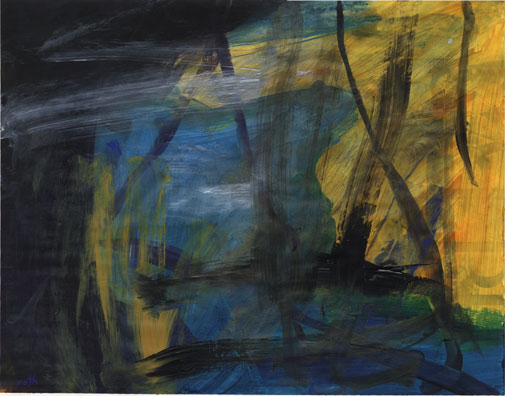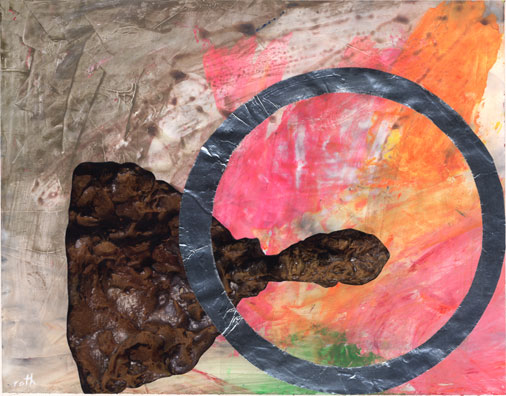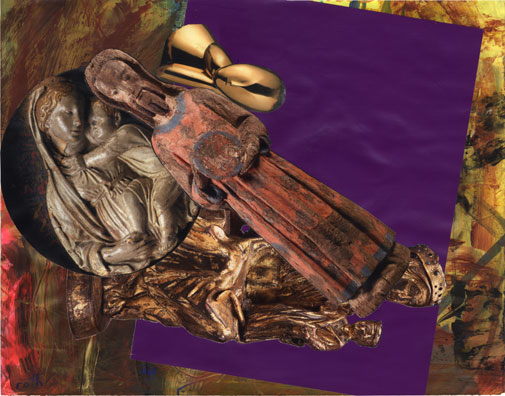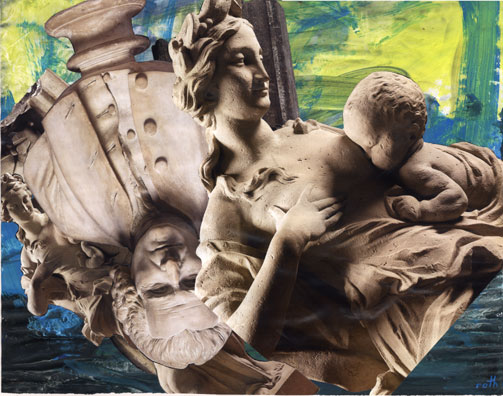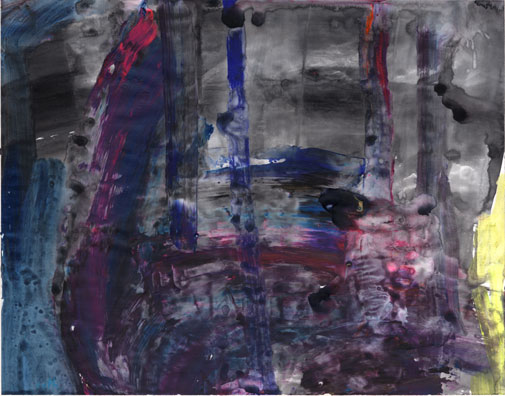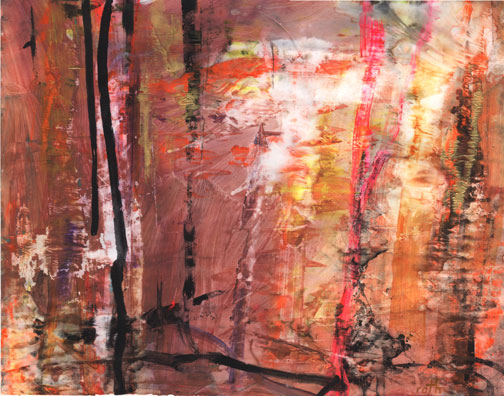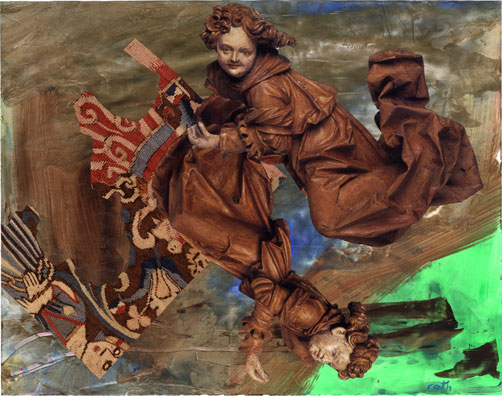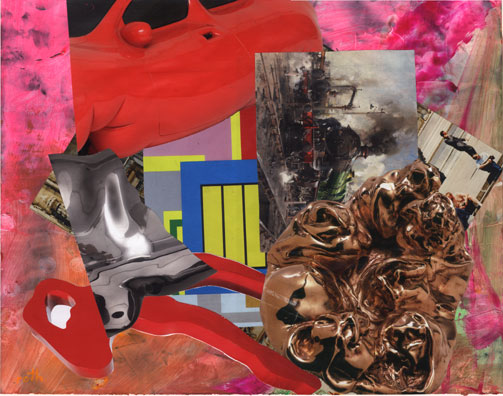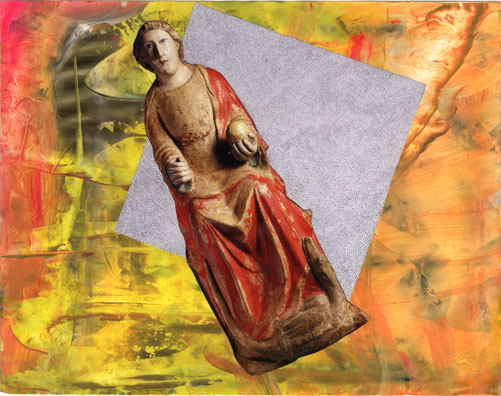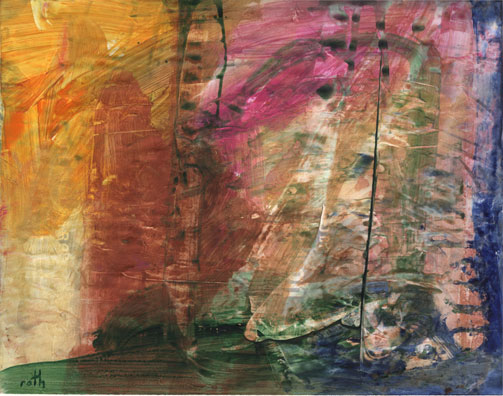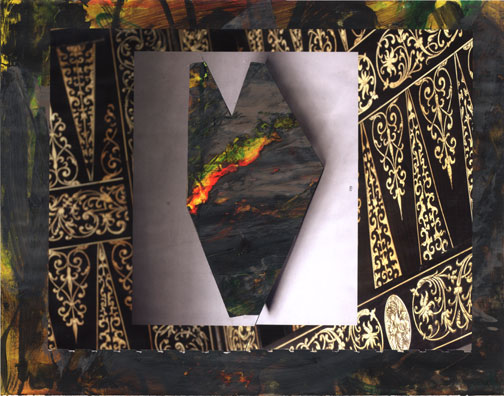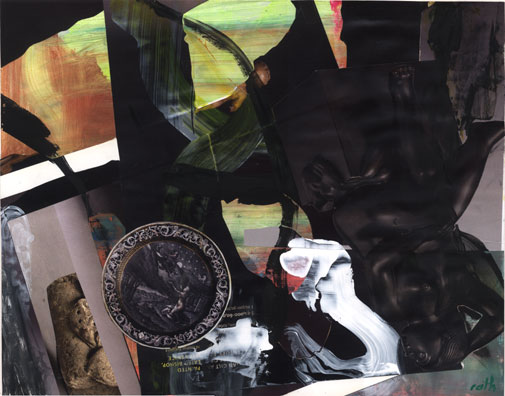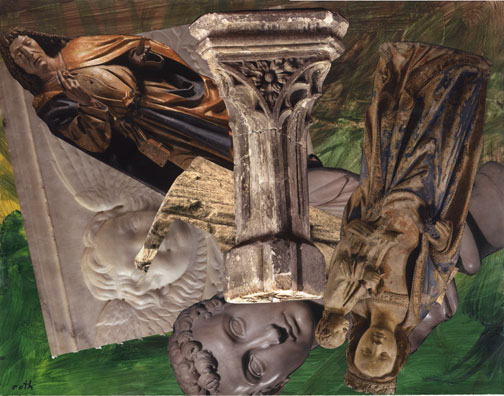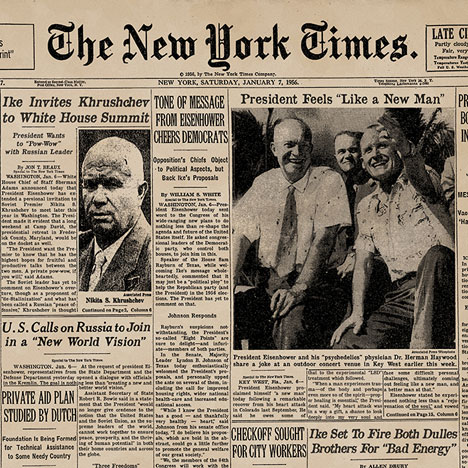November 29, 2023
Groves: supplies_#180
acrylic and gesso on magazine page, 11 x 14
Posted by Mark Roth at
12:31 AM
November 28, 2023
Groves: conflagration_#179
acrylic and gesso on magazine page, 11 x 14
Posted by Mark Roth at
03:55 PM
November 27, 2023
Groves: European_#178
acrylic and gesso on magazine page, 11 x 14
Posted by Mark Roth at
12:06 PM
November 26, 2023
Tumbleweeds: agriculture_#300
acrylic and collage on magazine page, 11 x 14
Posted by Mark Roth at
01:30 AM
November 25, 2023
Tumbleweeds: department_#299
acrylic and collage on magazine page, 11 x 14
Posted by Mark Roth at
04:28 PM
November 24, 2023
Tumbleweeds: channel_#298
acrylic and collage on magazine page, 11 x 14
Posted by Mark Roth at
11:19 AM
November 23, 2023
Groves: Liverpool_#177
acrylic and gesso on magazine page, 11 x 14
Posted by Mark Roth at
12:30 PM
November 22, 2023
Groves: industries_#176
acrylic and gesso on magazine page, 11 x 14
Posted by Mark Roth at
02:01 AM
November 21, 2023
Groves: trade_#175
acrylic and gesso on magazine page, 11 x 14
Posted by Mark Roth at
11:59 AM
November 20, 2023
Groves: faire_#174
acrylic and gesso on magazine page, 11 x 14
Posted by Mark Roth at
11:39 AM
November 19, 2023
Groves: laissez_#173
acrylic and gesso on magazine page, 11 x 14
Posted by Mark Roth at
11:41 PM
November 18, 2023
Groves: doctrine_#172
acrylic and gesso on magazine page, 11 x 14
Posted by Mark Roth at
11:55 AM
November 17, 2023
Groves: valuable_#171
acrylic and gesso on magazine page, 11 x 14
Posted by Mark Roth at
04:00 AM
November 15, 2023
Groves: trespass_#170
acrylic and gesso on magazine page, 11 x 14
Posted by Mark Roth at
01:59 PM
November 14, 2023
Groves: may_#169
acrylic and gesso on magazine page, 11 x 14
Posted by Mark Roth at
02:01 AM
November 13, 2023
Groves: opinions_#168
acrylic and gesso on magazine page, 11 x 14
Posted by Mark Roth at
03:56 AM
November 12, 2023
Tumbleweeds: grain_#297
acrylic and collage on magazine page, 11 x 14
Posted by Mark Roth at
04:04 PM
November 10, 2023
Tumbleweeds: Galway_#296
acrylic and collage on magazine page, 11 x 14
Posted by Mark Roth at
03:48 PM
November 09, 2023
Tumbleweeds: scheme_#295
acrylic and collage on magazine page, 11 x 14
Posted by Mark Roth at
01:00 AM
November 08, 2023
Groves: disease_#167
acrylic and gesso on magazine page, 11 x 14
Posted by Mark Roth at
03:54 AM
November 07, 2023
Groves: nutshell_#166
acrylic and gesso on magazine page, 11 x 14
Posted by Mark Roth at
03:52 AM
November 06, 2023
Groves: deathspew_#165
acrylic and gesso on magazine page, 11 x 14
Posted by Mark Roth at
04:54 PM
November 05, 2023
Tumbleweeds: pinning_#294
acrylic and collage on magazine page, 11 x 14
Posted by Mark Roth at
03:45 AM
November 04, 2023
Tumbleweeds: bloodied_#293
acrylic and collage on magazine page, 11 x 14
Posted by Mark Roth at
03:43 AM
November 03, 2023
Tumbleweeds: baited_#292
acrylic and collage on magazine page, 11 x 14
Posted by Mark Roth at
05:16 PM
November 02, 2023
The Man in the Higher Castle at Adjacent To Life
Tinsquo's curatorial project, Adjacent To Life, presents The Man in the Higher Castle more artifacts from an alternate timeline by John Tebeau.
John Tebeau returns with a selection of newspapers, magazines, 8-track cartridges, record albums, childrens books and cereal boxes acquired from a thrift store residing in an alternate timeline of the 20th and 21st century.
The artist explains the emergence of this parallel narrative:
In a nutshell, heres how that timeline diverged from ours: President Dwight D. Eisenhower underwent safe, professionally administered and 100% legal psychedelic therapy for trauma following his 1955 heart attack. (See NYT-1956.) After all, psychiatrists in the 50s effectively used LSD to treat anxiety, depression and addiction with minimal risk. Once his ticker was healed up, Ike went for it, and in three sessions confronted his innermost challenges and, at the height of his (and the nations) power, came through a better man.
Eisenhowers vision of himself and the world was forever altered, and as Ike went, so went the nation, including his bundle-of-neuroses vice president Richard M. Nixon. At his bosss urging, Nixon gave psychedelic therapy a whirl, and, lo and behold, he too came out a better man. He whupped JFK in 1960 (the cool, self-assured New Nixon mopped up the floor with him in the debates) and became the best version of himself. No paranoia, no loser-boy, chip on his shoulder, no sweat-drenched upper lip. He took Ikes aggressively enlightened agenda and ran with it. Read the stories in NYT-1963. (Happily, JFK had a much better November 22, 1963 in that timeline, and lived to the ripe old age of 88, dying in bed - natch in 2005.)
In short, the psychedelic revolution was officially condoned, medically normalized, and ubiquitous.
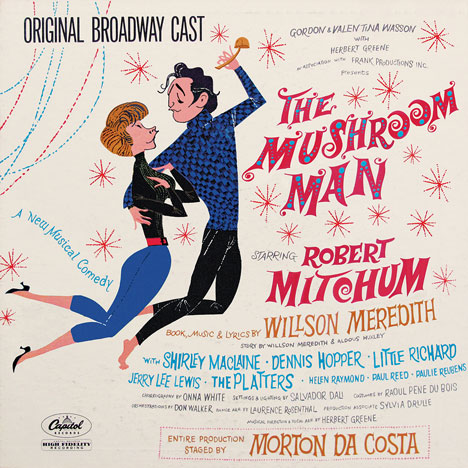
The exhibition is on view through December 1 at the Adjacent to Life pop-up gallery housed in Ninth Street Espresso (341 E. 10th Street at Ave B, New York City).
Posted by Mark Roth at
09:59 AM
November 01, 2023
October's Acrylic Palettes
Posted by Mark Roth at
12:36 AM


